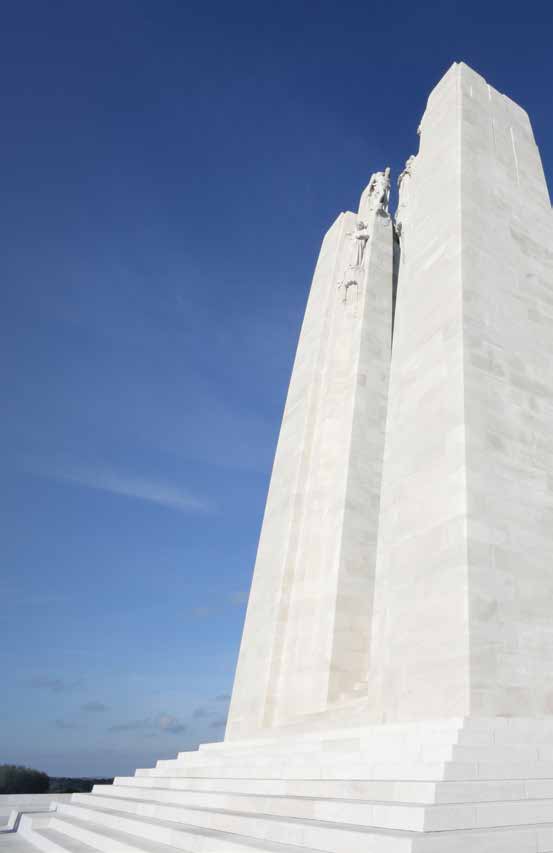National myths and Pivotal Battles: The Case of Vimy
Abstract
This work on local responses to Canada's Great War examines public perceptions of the war overseas through studies of local parades, speeches, and the steady stream of newspaper reporting of a distant war overseas--a war imagined. The focus is on the earliest reports of the significance of Vimy Ridge as a strategically important and symbolically significant event. With respect to the battle as a Canadian-led victory, one might assume that real power of this battle "imagined" came later, especially during the interwar period when popular images of Vimy helped fuel the powerful nation-building thesis that Jonathan Vance has considered. Through these contrasting accounts, he traces the origins of the battle's most powerful symbolism back to first public stories in Canada of the Canadian Corps at Vimy, from descriptions of the fighting itself and ultimate victory to the earliest attempts to generate the meaning of Vimy for all Canadians.



